
This blog is dedicated to scaling your nonprofit’s revenue.
Filter by Category:
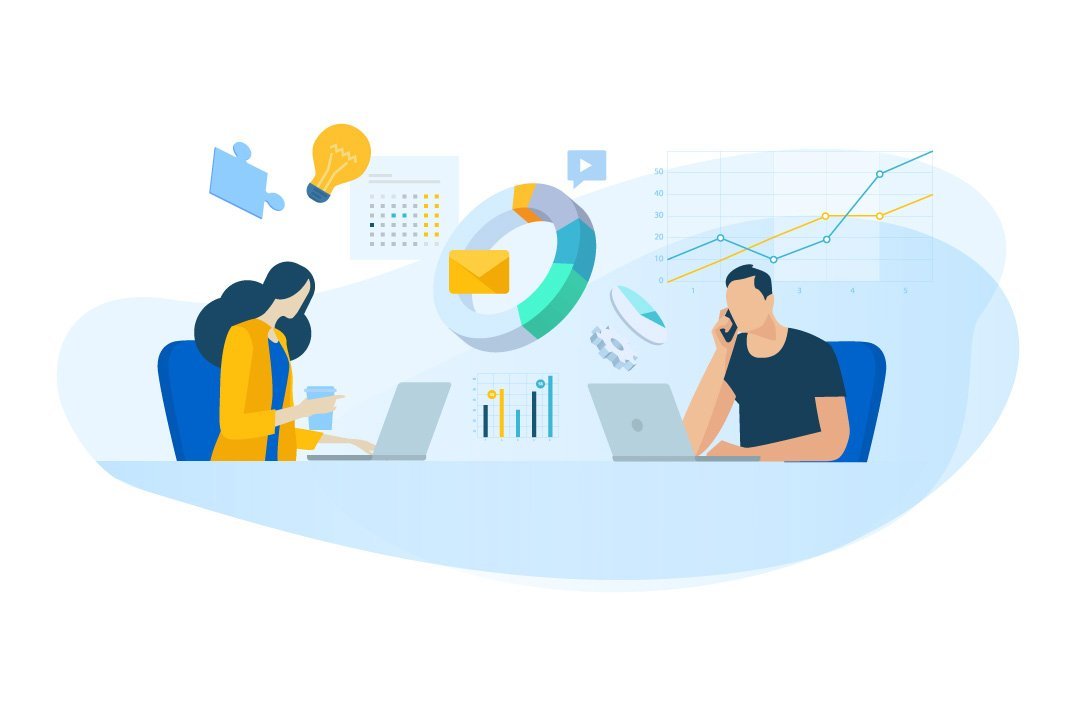
Nonprofit CRM Comparison: Comparing the Top Providers
Your CRM provides your nonprofit with essential donation tools, donor management features, and campaign planning and hosting tools. While it may seem like each CRM functions similarly, it’s important to note that each provider places different emphasis on various features and may offer an entirely different suite of tools and support your organization may find useful.
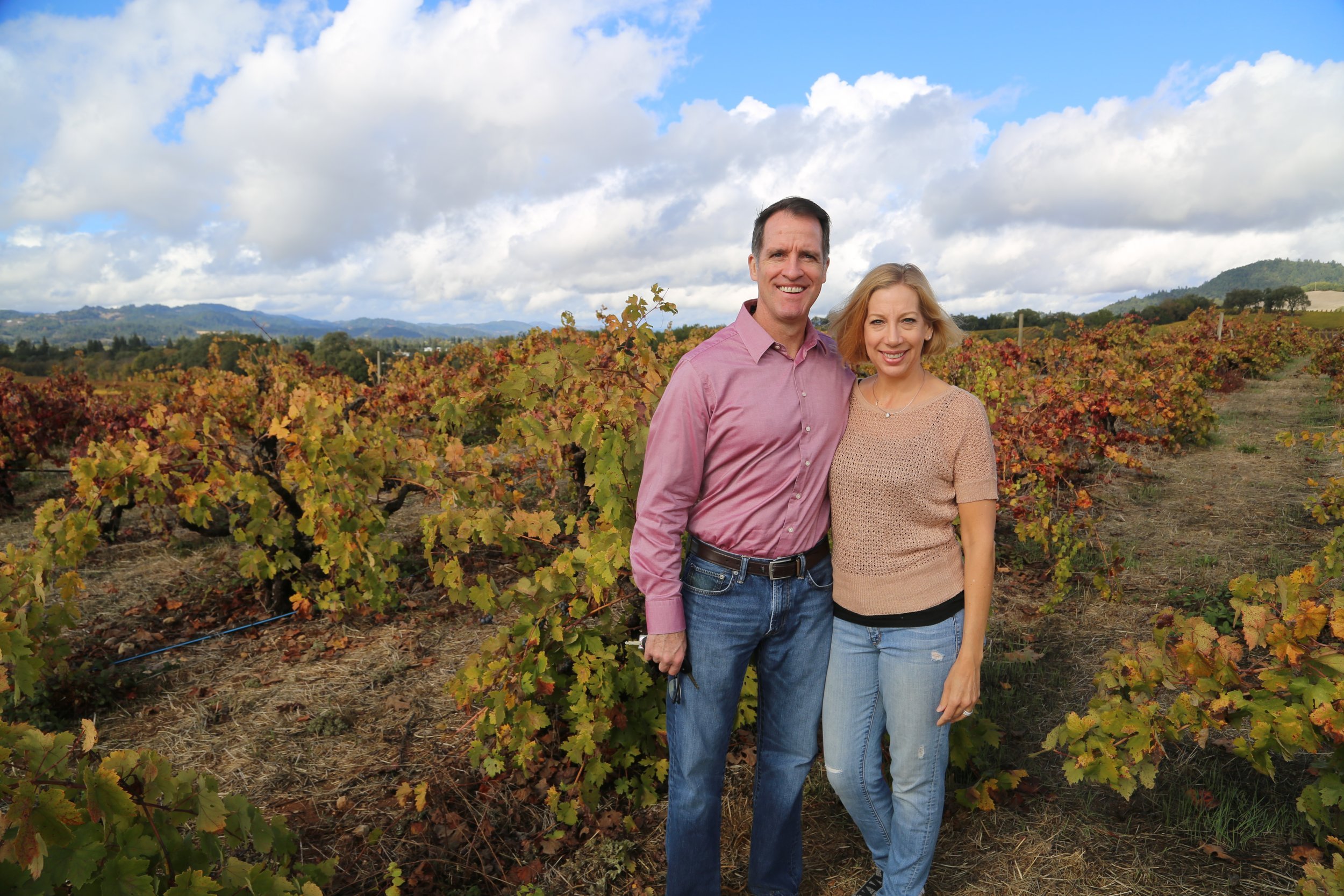
All Nonprofits Should Know about Cellar Angels!
With lean and mean roots, Cellar Angels opened its proverbial doors with all the drama and vigor of a sapling grapevine pushing through terra firma. They began with no professional money, relying heavily on a bootstrap model of raising start-up funds through the support of friends, family, and fellow wine enthusiasts. Despite the harrowing maze of paperwork, countless hours spent with Illinois and California-based legal experts, and a hysterically simple, yet pivotal call with California Alcohol Beverage Control, their time spent in launch-mode was not for naught. Throughout, they were given the life-shaping gift of spending time focused on their truest passion: traveling through Northern California’s Napa and Sonoma counties looking for vintners’ treasures.

4 Benefits of Data Research for Your Fundraising Strategy
You’ve probably heard it before: Not all donors are made alike. If you treat your donor base as a monolith, these differences in what donors want and need from your nonprofit can seem like a drag. However, when you recognize and identify these distinctions, they can be your fundraising program’s greatest strength.
While data research is essential across the nonprofit space—from developing advocacy campaigns to hosting events—this guide will focus on how donor data can benefit one of the most vital elements of your nonprofit: your fundraising efforts.
Data research can help you:
Find new donor prospects.
Personalize your fundraising communications.
Optimize your ask amount.
Track your fundraising success.
Ultimately, the process of data research and marketing analysis can help you determine the best way to improve current and future fundraising campaigns. With this in mind, let’s start with one of the biggest benefits of fundraising data research: lead generation.
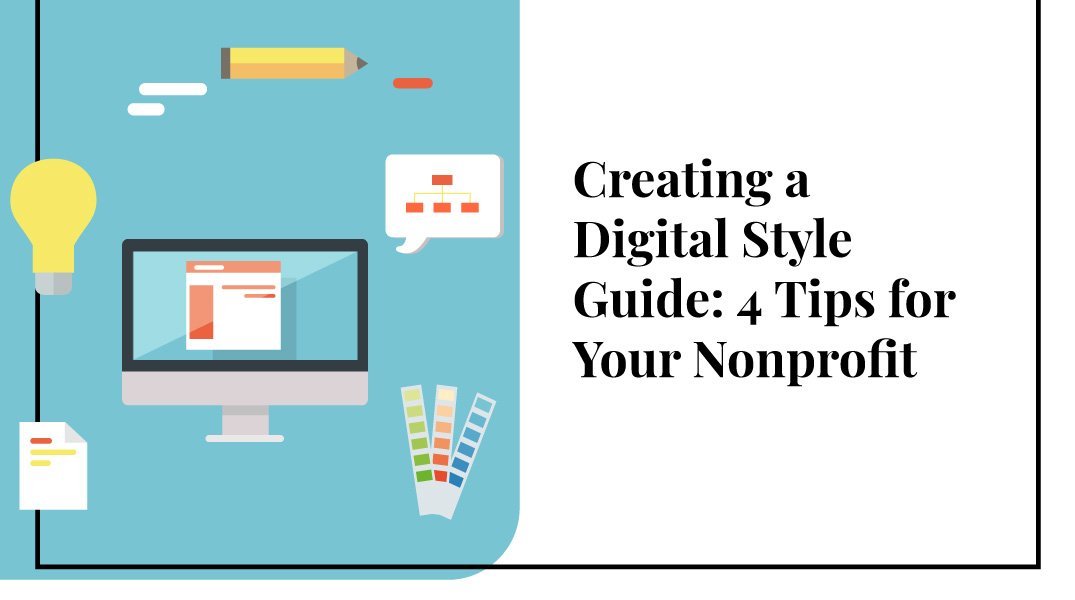
Creating a Digital Style Guide: 4 Tips for Your Nonprofit
In order for your nonprofit to engage supporters and bring in funds, crafting a solid marketing plan is essential. While your organization’s exact content strategy will vary somewhat based on your audience, you’ll likely be able to reach large numbers of supporters through digital marketing channels like your website, email, and social media.
Online engagement with nonprofits has been increasing in recent years. But with the amount and variety of information that potential supporters have access to on the internet, your organization will need to work harder to stand out from similar nonprofits and promote your cause.
To make your marketing reflect your nonprofit in a cohesive, memorable way, you’ll need to establish a distinct brand, which encompasses the messaging you use across all platforms as well as the look and feel of your marketing materials. Putting together a digital style guide will help keep your organization’s branding consistent from one platform to the next and tie each piece of content you create back to your overall digital strategy.
In this article, we’ll walk through four tips for creating an effective digital style guide:
Define your nonprofit’s messaging clearly.
Understand your organization’s audience(s).
Highlight visual elements of your branding.
Take all your marketing channels into consideration.
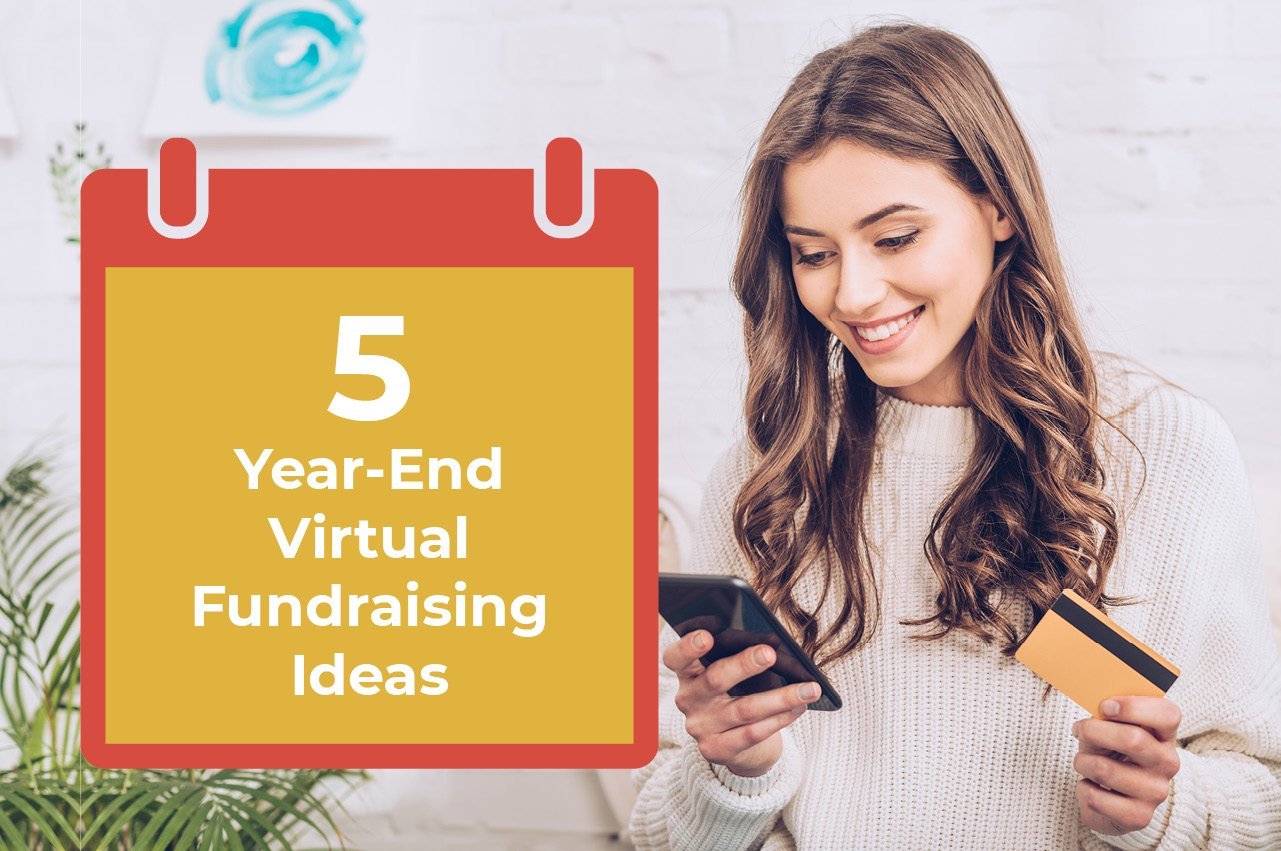
5 Year-End Virtual Fundraising Ideas
The end of the year is the perfect time to amp up your fundraising strategy. With so many holiday-themed opportunities and giving days, your nonprofit can significantly increase its revenue and finish out the year strong.
As a nonprofit professional, you understand how much work and planning can go into an event fundraiser, from booking a venue to coordinating catering. Plus, with so many people traveling during the holidays, it can be hard to nail down a time when the most people would be able to attend. But, did you know that you can make the process much easier by planning a virtual campaign?
A virtual fundraiser can be just as—or even more—engaging than an in-person event and offers your supporters the flexibility to participate from anywhere in the world. This way, you can expand your nonprofit’s reach and make the fundraising process more convenient for you and your donors.

4 Donation Tools to Maximize the Donor Cultivation Cycle
The donor cultivation cycle is a model that represents the continuous process of identifying new prospects, turning them into donors, and launching stewardship strategies to retain them and bring them closer to your nonprofit.
Essentially, donor cultivation is an exercise in relationship building—and the art of effective relationship building depends on a variety of tools and best practices. For example, a robust donor communication plan is one of the cornerstones of donor cultivation and, subsequently, continued success for your nonprofit.
Fortunately, you don’t have to tackle the tough task of donor cultivation without help. There are plenty of software solutions you can leverage. In particular, we’ll focus on the following donation tools that will help streamline cultivation for your nonprofit:
Nonprofit Payment Processor
Online Donation Page
Peer-to-Peer Fundraising Platform
Matching Gifts Database
These donation tools will allow you to more effectively bring in online donations. Additionally, you can leverage their unique benefits to strengthen your cultivation strategies, steward donors, and retain support.

How to Use Your Website to Engage Supporters: 3 Tips
Your website is a core location where supporters will take action, whether they’re donating, signing petitions, or attending virtual events. Every single time someone lands on your site, it’s a conversion opportunity.
But is your website working as well as it can to meet your supporters’ online engagement expectations and to inspire them to take action for your cause?
In this guide, we’ll consider aspects of the supporter's digital experience, including finding your site, exploring engagement opportunities, and taking action. We’ll also cover the following tips for engaging supporters at each step in the process:
Use SEO strategies to help supporters find your content.
Share a variety of engagement opportunities.
Make it as easy as possible to take action.
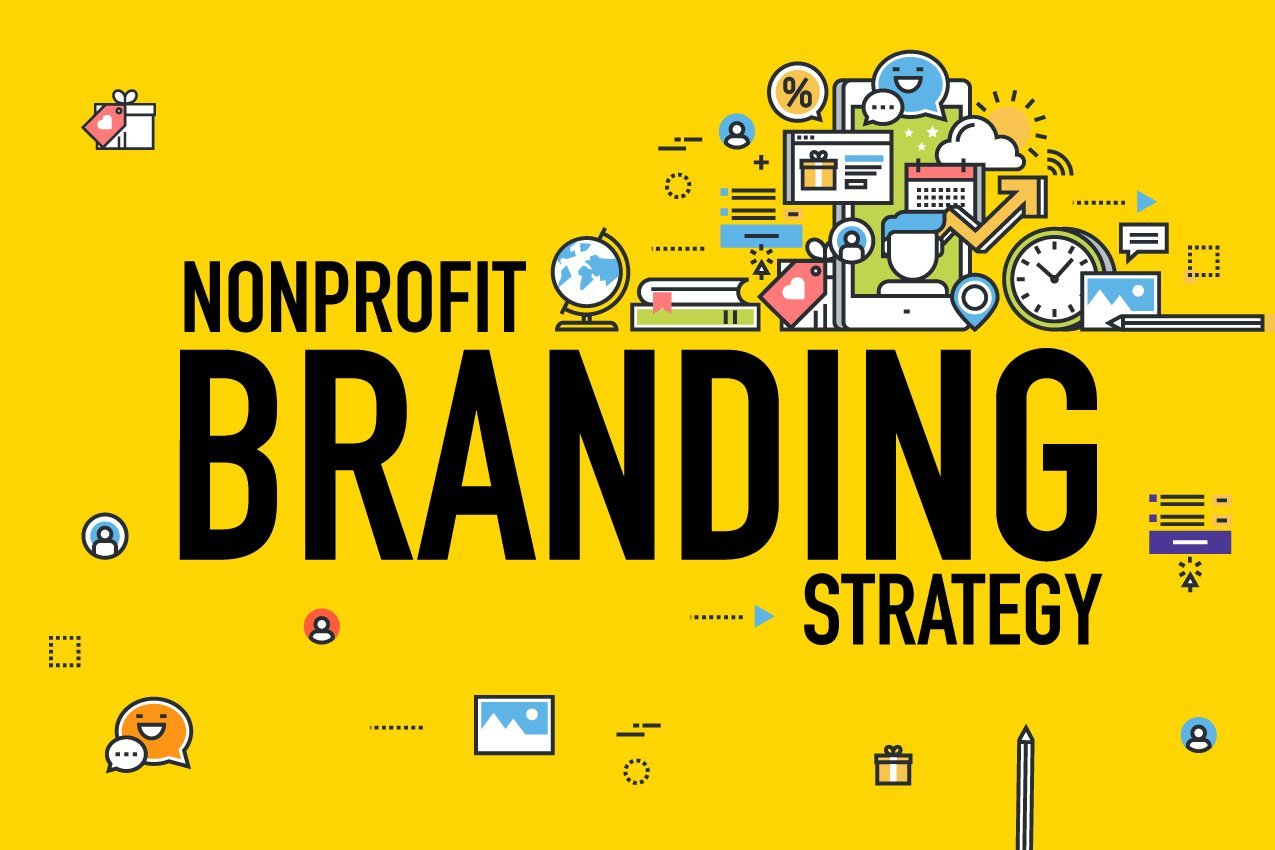
What Goes Into an Effective Nonprofit Branding Strategy?
Many people believe a nonprofit’s brand is simply their visual identity. Although visuals play a key part in your brand, it’s important to recognize that your branding strategy goes deeper. It impacts your fundraising strategy, internal and external communications, and overarching identity.
At its core, your nonprofit brand strategy plays a role in how your organisation expresses your purpose and values.
For example, on your nonprofit website, you’re likely making a conscious effort to use your brand to communicate with your audience about your mission and programs. But when you send an email to your coworker, you probably don’t notice how your brand is incorporated. The reality is that, no matter what channels or forms of outreach you use, your brand shines through everything you do because you are essential to the brand.
For those with a previously narrow view of nonprofit branding, this idea naturally leads to the question: What is a nonprofit brand?

What does a virtual Chief Information Officer (vCIO) do and why would you want one?
The Nonprofit vCIO
The term virtual Chief Information Officer (vCIO) has been around for well over a decade now, but even today, if you ask ten different people what a vCIO does you may well get ten different answers.
This article does not claim to be the definitive answer to the question of what a vCIO does, but we will do our best to explain:
How the vCIO role emerged
The kinds of things a vCIO does
What value a vCIO can provide to a nonprofit
Why a nonprofit might want to engage a vCIO
What qualities to look for in a potential vCIO
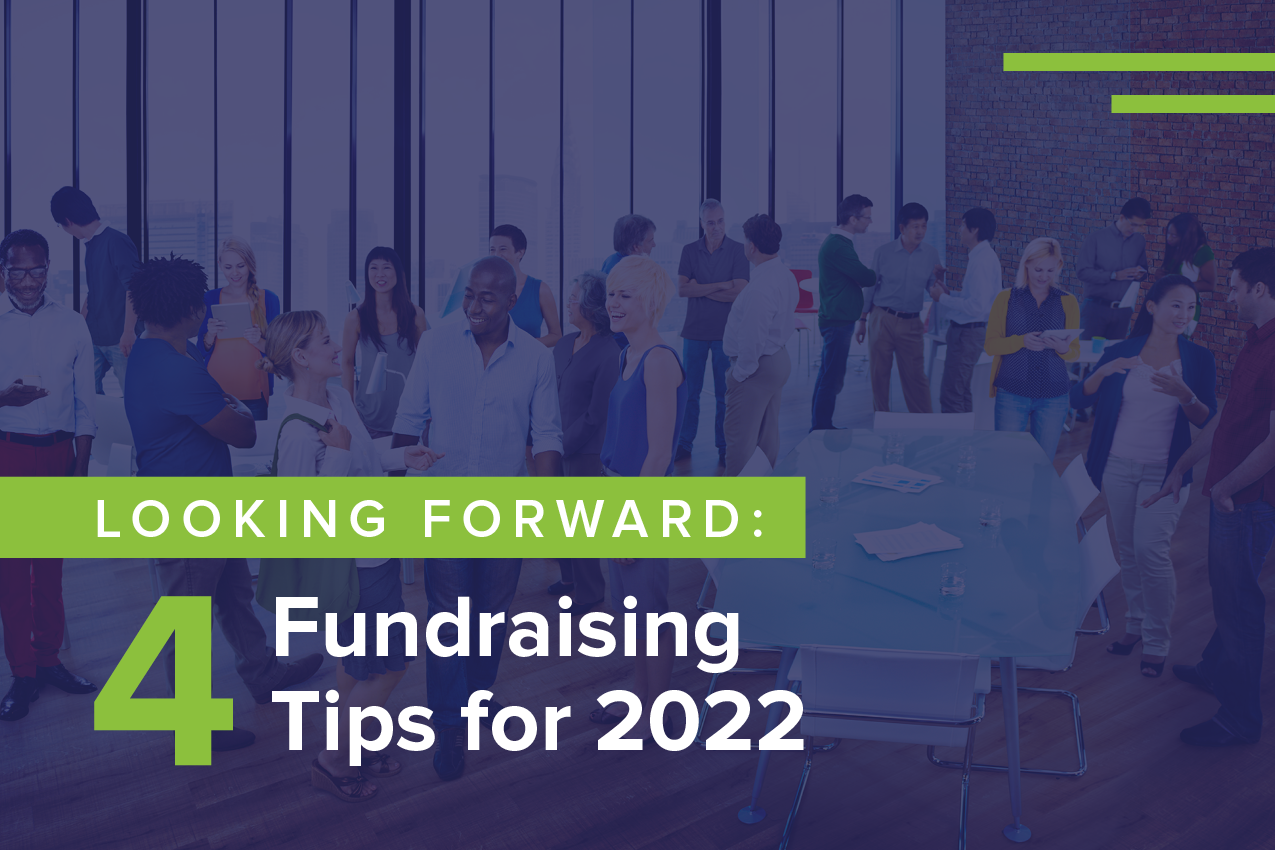
Looking Forward: 4 Fundraising Tips for 2022
2022 is upon us! Everyone is working toward their New Year’s resolutions to make this year brighter and better than ever before. During this time, your team is also working hard to use the data you have on hand to create a strategic plan for a more successful year for your nonprofit.
It’s important to understand both where nonprofit professionals have been the last couple of years as well as how the nonprofit sector will evolve in order to be sure you’re making the most of the new opportunities the year can bring.
This year, you can expect to see both new and continuing fundraising trends from the last several years. By acknowledging these trends, your organization can raise more money and make the most of its fundraising efforts.
With that in mind, we recommend incorporating the following fundraising tips into your nonprofit’s fundraising strategy:
Plan hybrid fundraising events.
Develop new partnerships with for-profit businesses.
Leverage new connections through your board.
Focus on your mid-level donors.
Ready to learn more about the tips we’ve listed above and see how they’ll help your organization? Let’s get started.

Nonprofit Advocacy: How to Plan Your Next Campaign
Advocacy campaigns are effective tools for raising awareness about your organization’s mission and driving positive change. Plus, these campaigns have the added benefit of strengthening your nonprofit’s relationships with supporters, helping you to acquire new ambassadors for your cause, and ultimately empowering you to be more successful in all your efforts.
Advocacy campaigns require extensive forethought, planning, and the right tools in order to succeed and help you reach your goals. After all, they require the mobilization and organization of a broad range of people with different levels of experience in lobbying and advocacy.
Before you launch an advocacy campaign, it’s important that your organization has a clear idea of where you are, where you want to go, and how you’re going to get there.
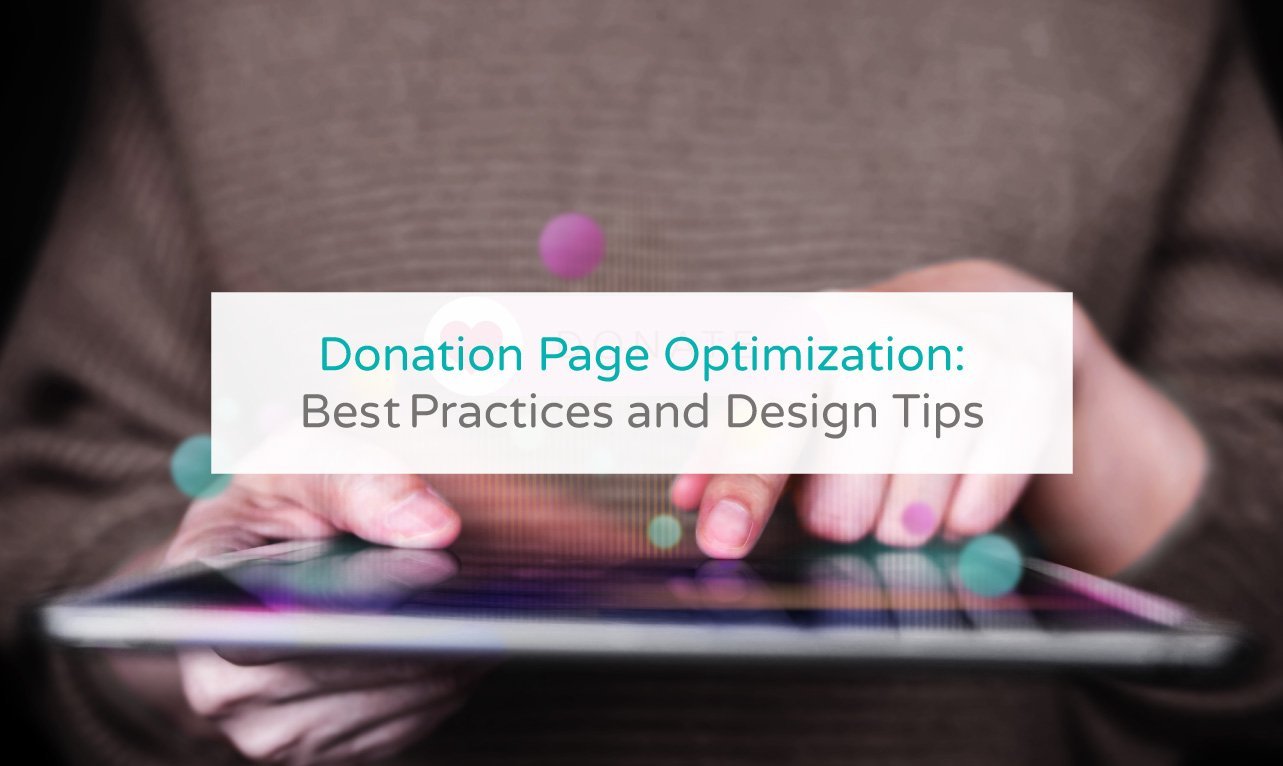
Donation Page Optimization: Best Practices and Design Tips
Your donation page plays an important role in how successful your nonprofit is with online fundraising. This page is more than just a form for donors to input their financial information into. An optimized donation page can effectively increase donations, while one that’s visually overwhelming or difficult to complete can turn donors away.
Whether you’re setting up your nonprofit’s donation page for the first time or looking to revamp your current page to improve completion rates, your donation page can always be improved to maximize each supporter’s visit. Supporters who reach your donation page are likely already familiar with your nonprofit and are at a critical point in their engagement. Make the most of their attention to turn one-time donations into the beginning of long-lasting relationships.

Digital Waivers for Volunteers: 5 Things to Consider
Whether you’re planning a fundraising event or a regular form of your nonprofit programming, you likely rely significantly on the time and labor donated by your dedicated volunteers.
Those volunteers are important to you and your mission, so it’s imperative that you consider any risks that they assume every time they come to an event or your office to volunteer.
That’s where waivers come in handy—many nonprofits have their volunteers sign a waiver at the beginning of their volunteering engagement. A waiver protects both you and your volunteers, which helps to preserve your relationship and enables you to continue working with each other far into the future.
